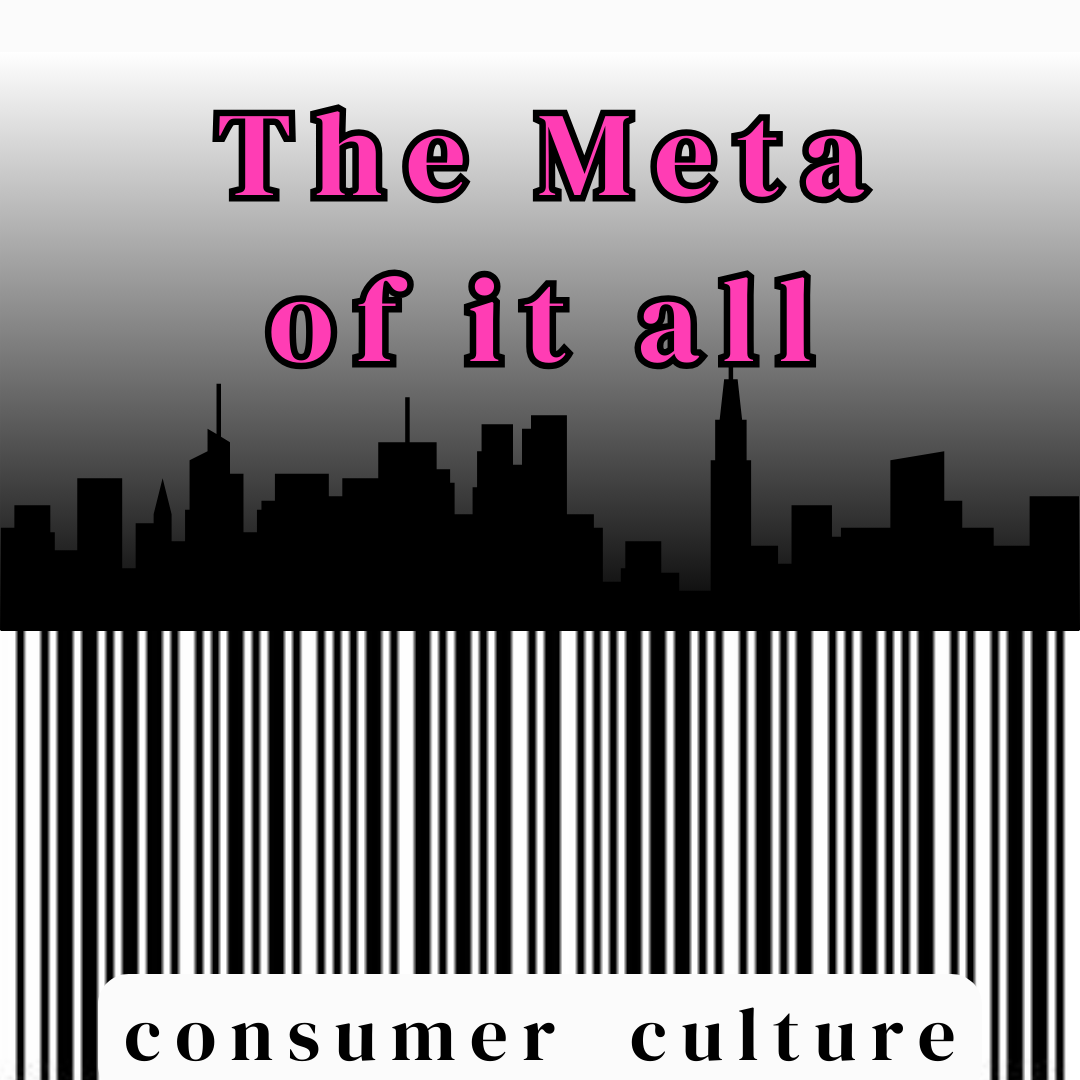MEGAN COURTNEY | Culture Editor
Every year, after everyone has wrapped up Thanksgiving feasts, people rush out of their doors to malls, Walmarts, Targets and any other place that has Black Friday sales on a mission for one thing: to score a deal.
Sure, that television you were looking at may be 50 percent off, and that laptop may be $200 lower than the original price, but here’s the thing: you aren’t saving any money.
According to Business Insider, items are marked up from the original cost and then marked down so people think they are saving money, and according to the Wall Street Journal, retailers will “slightly increase the price of a normal item” a few days before Black Friday sales so the discounts seem bigger.
The Wall Street Journal reported a 23 percent increase of pre-Black Friday sale prices in toys and tools in 2013.
If you’re going to spend that much money, you’ll want the most current, up-to-date piece of equipment, right? Think again.
If a new television is what your heart is set on, you’ll likely find some too-good-to-be-true deals, but chances are that they may be older models. According to a study by NerdWallet, 93 percent of retailers are repeating prices –and products– from year to year.
In 2014, NerdWallet analyzed 27 different Black Friday Ads, and 25 of the retailers had at least one product for the exact same price in 2014 as they did in their 2013 ads.
The study also found that Black Friday deals aren’t just limited to Black Friday. Many of the discount prices are offered at various sales throughout the year, so if you’re a careful online shopper or spend a lot of time comparing prices, you might get lucky and score that deal months after Black Friday is over.
Far too many people aren’t aware of the tactics that many major retailers use to reel them in and trick them into spending their money. Rushing to Walmart when I’m stuffed full of turkey doesn’t exactly sound like how I want to spend Thanksgiving, especially if I’m going to be getting outdated equipment that is, in theory, more expensive than the everyday price.
Outdated equipment often times won’t have the latest updates and features as the newer models do, so if you’re going to be paying the same amount of money anyway, why not just purchase the newer version?
If you purchase an older model, you’re likely to have problems with it. Then you’ll have to bring it back, exchange it and look for a new one and repeat the process again. Save your time and money and invest in a new one. It’ll be worth it in the long run.
Black Friday sale prices aren’t exactly the cheapest ones, so how do people pay for them? Some use debit cards, some use cash, and some play it risky and use credit.
According to NerdWallet, middle-class families, who make between $50-75,000, will take longer to pay off holiday debt than families who make less than $50,000.
Families with less than $100,000 in household income will take an average of two to three months to pay off debt while those with $100,000 or more in household income will take an average of one month.
If you’re able to, it’s always best to use your debit card or cash. The “buy now, pay later” mentality is not a good thing to have, especially when making big electronic purchases.
I’m not trying to stop you from going out and shopping on Black Friday by any means, because it’s fun to go out to the stores and look at all of the eye-catching ads, all I’m saying is that you should think smart this holiday season. If you see a really good deal on Black Friday, it’s almost guaranteed you’ll see that deal again during another sale. Do your research and figure out when the best time for you to buy the item is.










